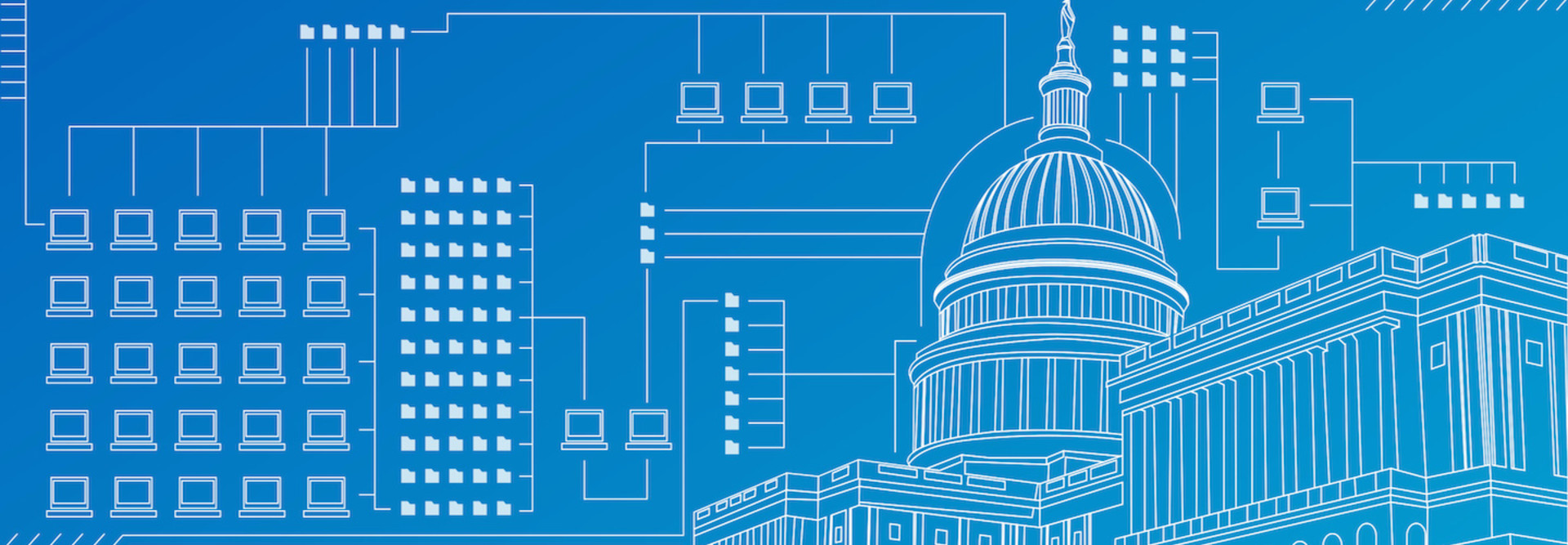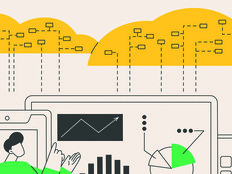President Obama Strives to Bring Federal IT into the 21st Century
Jon Stewart’s 16-year stint as host of The Daily Show couldn’t end without President Barack Obama making one last appearance. Seated across from Stewart for the seventh and final time, President Obama reflected on his two terms, noting that outdated government IT has been one of his administration’s biggest obstacles.
The president said that the government is operating at a higher level than in the past, but he conceded that archaic technological infrastructures in place inhibit the government’s potential.
“Government works better now than it probably ever has, given what we ask it to do,” Obama proclaimed. “What is true is, if you have a government that was built on 1930 models, and it’s not updated for decades, then there’s gonna be a gap in terms of what it is doing now, relative to what some other folks do.”
Above all, the president would like to see IT operate with less bureaucracy and more speed.
“We’re having to completely redesign how the government purchases IT services, how it does digital, from soup to nuts, and part of … the way it’s been historically set up is that you have these specifications that are this thick,” the president continued.
“When I’m on a campaign and I’m setting up my Internet operations, I’ve got four guys in T-shirts in a room, and they’re figuring out, ‘How do we do this thing?’ That’s not how the government is set up. It’s slow, and it doesn’t function properly. You asked me what I want to do over the next 18 months. A lot of this stuff does not require Congress, it requires us bearing down and figuring out how it is that we can revamp these systems, and we’ve done it successfully in certain areas. But when you’ve got two million employees, then there are going to be places where this slips,” said Obama.
Bringing Federal IT into the 21st Century
One of the Obama administration’s initiatives involves modernizing government IT as much as possible before the president leaves office. In a recent feature, Government Executive revealed that President Obama’s 2016 budget floated the idea of adding digital service teams to certain government agencies. According to the magazine, the White House has flagged roughly 60 projects that require some sort of digital simonizing, from the Einstein intrusion detection system the Department of Homeland Security uses to a Census Bureau plan to upgrade the 2020 census head count data by using the Internet.
Purchasing government technology has long been a challenge, so 18F — a new arm of the General Services Administration — was created last March, with the mission of altering how the government buys and constructs digital platforms. Luring people away from Silicon Valley to do this is one method the Obama administration has deployed, but, as expected, the clash between new and old has made it an arduous task.
In June, Mikey Dickerson, U.S. Digital Service ad (one of the folks who helped remedy the Healthcare.gov situation) told Fast Company that differing attitudes have also presented a wall.
“There’s an attitude in the entrepreneurial private sector where we don’t care what came before us: We’re going to disrupt it,” he said. “But we are not going to disrupt Social Security. That’s a big reason why it’s so hard to make these changes, because you can’t interrupt the flow of operations.”
Modernizing government IT won’t happen with the flip of a switch or before Obama leaves office. However, his active interest in upgrading is a pivotal step toward finally bringing government technology into the 21st century.









